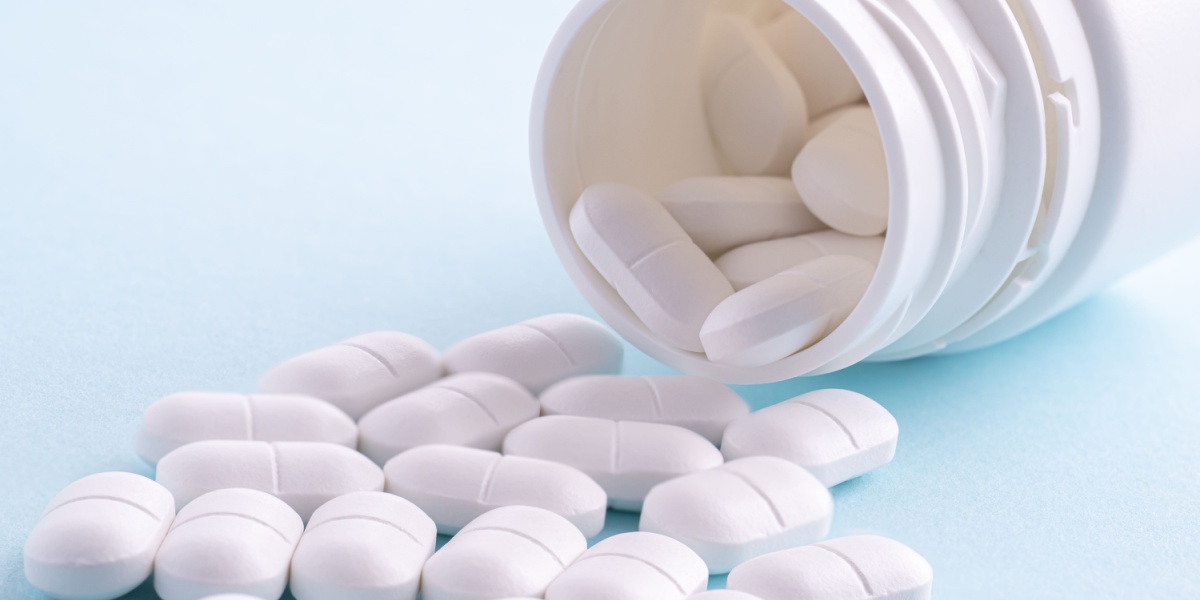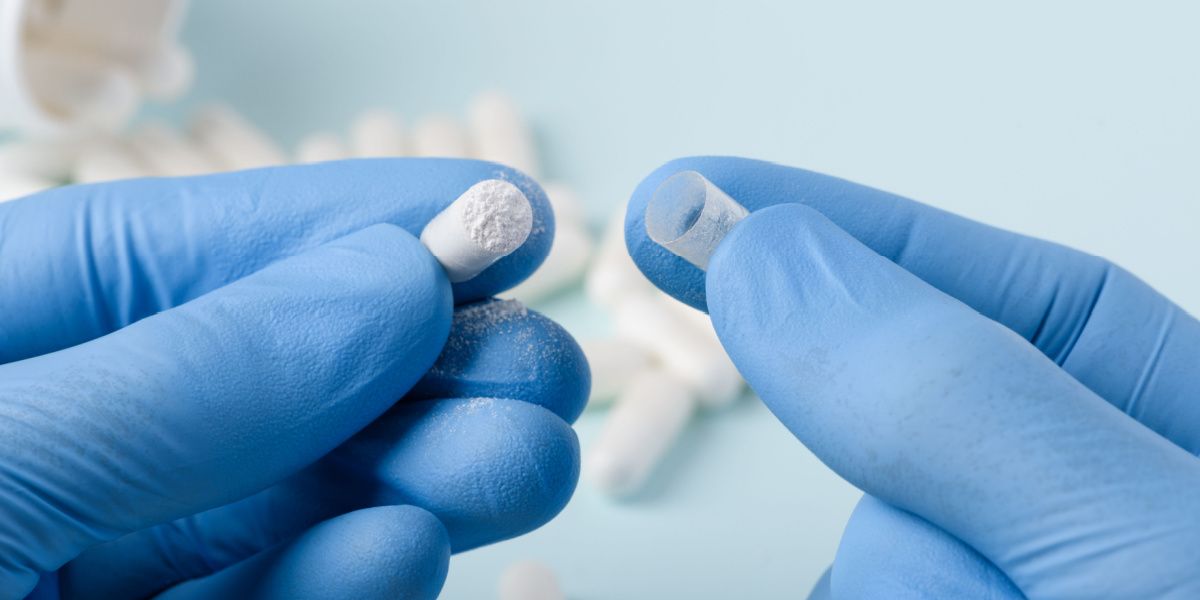M367 is a pain relief medication containing hydrocodone and acetaminophen, and it can be prescribed to treat moderate to severe pain. It is a highly addictive medication that can cause adverse effects, health risks, overdose, and the development of dependence and addiction. People prescribed M367 should take it exactly as directed by their doctor.
- M367 contains 325mg of acetaminophen and 10mg of hydrocodone, both of which are pain relievers.
- M367 and other hydrocodone-containing products are widely prescribed and misused and can cause the development of addiction and dependence.
- People who misuse M367 or are experiencing an addiction to these pills may benefit from professional interventions, such as medication, rehab, or therapy.

What are M367 pills?
M367 pills contain 325mg of acetaminophen and 10mg of hydrocodone bitartrate. These pills are imprinted with M367 and are a generic medication produced by Mallinckrodt Pharmaceuticals, although other pills containing these medications are available. For example, well-known brand medications containing hydrocodone and acetaminophen include Lortab and Vicodin. [1][2]
Hydrocodone is a synthetic opioid pain relief, also referred to as a narcotic analgesic, prescribed for moderate to severe pain management. It is a Schedule II controlled substance. Hydrocodone is the most widely prescribed and abused opioid medication, and it has a high potential for dependence and addiction. [2]
Acetaminophen is a non-opioid pain relief, commonly known as Paracetamol. It is used to manage mild to moderate pain, including headaches, menstrual cramps, fever, and other aches and pains. Combining acetaminophen and hydrocodone produces a strong analgesic effect. [3][4]
A typical daily dosage of M367 is one tablet every four to six hours, not exceeding six tablets in one day. This dosage should be initiated gradually when commencing treatment and reduced slowly when stopping treatment. [1]
Identifying M367 pills
M367 pills are small, white, oblong-shaped tablets, imprinted with M367 on one side and a scored line on the other, where the pill can be split in half. [5]
Many other pills containing hydrocodone and acetaminophen appear similar, with many also produced as white oblong tablets with a scored line on one side and an identifiable imprint on the other, including: [5]
- M365: 325mg/5mg
- IP 109: 325mg/5mg
- IP 110: 325mg/10mg
- IP 115: 325mg/7.5mg
- G035: 325mg/5mg
- G037: 32mg/10mg
Identifying real hydrocodone tablets may be difficult as there are multiple types, both generic and brand-name, in varying colors. Generally, hydrocodone is not illicitly produced, although illegally obtained tablets are often sold on the street. [2][5]
Counterfeit pills being sold as M367 pills might also be found in the illicit market, which may contain harmful contaminants or high doses of other dangerous substances, such as fentanyl. [6]
Risks and side effects of M367 pills
M367 pills have a high potential for abuse, addiction, and dependence, as they contain the opioid hydrocodone. Hydrocodone is a widely abused substance and can lead to addiction even when used as prescribed. [2]
Common side effects
M367 can cause side effects, particularly at the start of a new treatment or when changing the dosage. If any of the following symptoms occur and become problematic or persistent, contact a doctor.
Common side effects of M367 pills include: [1][4]
- Nausea and vomiting
- Drowsiness
- Dizziness
- Constipation
- Changes in breathing rate
- Sexual dysfunction
- Reduced energy
- Anxiety
- Low mood
- Urinary retention
- Rash
Serious risks
M367 pills may cause serious side effects or risks. If any of the following occur, medical intervention may be necessary. Serious side effects and risks of M367 pills include: [1][7]
- Tolerance, leading to increased use.
- Physical dependence causes withdrawal symptoms when stopped.
- Severe mood changes.
- Trouble breathing.
- Hallucinations.
- Fever.
- Confusion.
- Swelling of the mouth or throat.
Safe usage guidelines for M367 pills
M367 pills should be taken exactly as prescribed by a clinician. Taking too much in one dose or taking more frequent doses than prescribed can increase the risk of harm or dependence. Additionally, M367 pills should be swallowed. Crushing and snorting or injecting pills can increase the risk of adverse effects and addiction.
When M367 is prescribed, the doctor will likely initiate treatment gradually to help prevent adverse effects. Similarly, when treatment is stopped, the doctor will gradually reduce the dosage, in efforts to help prevent withdrawal symptoms. It is recommended for the dosage to be reduced by 25-50% every few days, although it can be reduced more slowly if withdrawal symptoms occur. [1]
Withdrawal symptoms of M367 can include: [1]
- Flu-like symptoms, including runny nose and chills
- Restlessness
- Sweating
- Yawning
- Irritability
- Anxiety
- Low mood
- Pain in the muscles and joints
- Stomach cramps
- Nausea and vomiting
- Diarrhea
- Insomnia
- Weakness
M367 pill potential misuse and addiction
M367 pills contain 10mg of hydrocodone, an opioid with a high potential for addiction and dependence. Hydrocodone can cause a euphoric feeling or ‘high’, which reinforces its use. This can contribute to an increased desire to use or misuse hydrocodone and potentially lead to the development of addiction. [2]
Additionally, people who use hydrocodone medications, even as prescribed, may develop a tolerance to the effects of the drug. This can mean that the initial prescribed amount stops working to reduce pain, potentially leading to the individual using higher doses than prescribed in order to manage their symptoms. This can also contribute to the development of addiction and dependence. [4]
Hydrocodone is the most widely prescribed opioid medication in the US. The Drug Enforcement Administration (DEA) reported that in 2018, 70.9 million people in the US were prescribed hydrocodone-containing medications. [2]
According to a report by the Substance Abuse and Mental Health Services Administration (SAMHSA), 8.5 million people misused prescription pain relief medications in 2022, and 45.1% of these people (3.7 million) misused hydrocodone-containing products, more than any other pain relief. [8]
Signs and symptoms of M367 addiction
Signs and symptoms of M367 addiction may meet the criteria for opioid use disorder according to the Diagnostic and Statistical Manual of Mental Disorders (DSM-5). This includes: [9]
- Taking increasing amounts of M367
- Inability to control or reduce M367 use
- Strong cravings to use
- Issues with professional, social, or personal functioning due to M367 use
- Avoiding social events or activities to use M367 pills
- Extreme changes in mood and behavior due to M367 use
- Increasing tolerance to the effects of M367
- Withdrawal symptoms if M367 use is reduced or stopped
Additionally, people may attempt to obtain multiple prescriptions from several doctors to meet their increasing need for M367 pills, which is known as ‘doctor shopping’. [2]
Can you overdose on M367?
It is possible to overdose on M367, usually by taking a higher or more frequent dose than prescribed or recommended or by administering the drug in an unintended manner. An overdose of M367 can cause symptoms such as: [1][10]
- Trouble breathing
- Stopped breathing
- Blue, cold, and clammy skin
- Dizziness
- Extreme fatigue
- Extreme changes in heart rate and blood pressure
- Nausea and vomiting
- Very small pupils
- Loss of consciousness
- Unresponsiveness
An M367 overdose can be fatal, particularly if it is not treated. If an M367 overdose is suspected, call 911 immediately. Treatment might include activated charcoal, ventilation to improve breathing, intravenous fluids, and medications to reduce the level of acetaminophen in the blood or reverse the effects of hydrocodone. [10]
What to do if someone you know is misusing M367
If you know someone who is misusing M367 pills, you may be able to help them by:
- Offering time to talk with them about their substance use or contributing issues
- Letting them know you are concerned about them
- Being available to help support them with making or attending appointments with professionals
- Supporting them if and when they commence recovery and abstinence
- Being compassionate, non-judgmental, and supportive
Treatment options for M367 misuse and addiction
People who are misusing or addicted to M367 or other hydrocodone products might require professional help in reducing and stopping use. Hydrocodone withdrawal can be unpleasant or even dangerous, so medically-assisted detox may be required for monitoring and treatment of symptoms, followed by professional addiction treatment.
Treatment options for M367 addiction include:
The Recovered treatment facility directory can help with finding local treatment centers.

-person-thumbnail.jpg?v=1758880627)
-(1)-guide-detail.jpg?v=1756808686)
